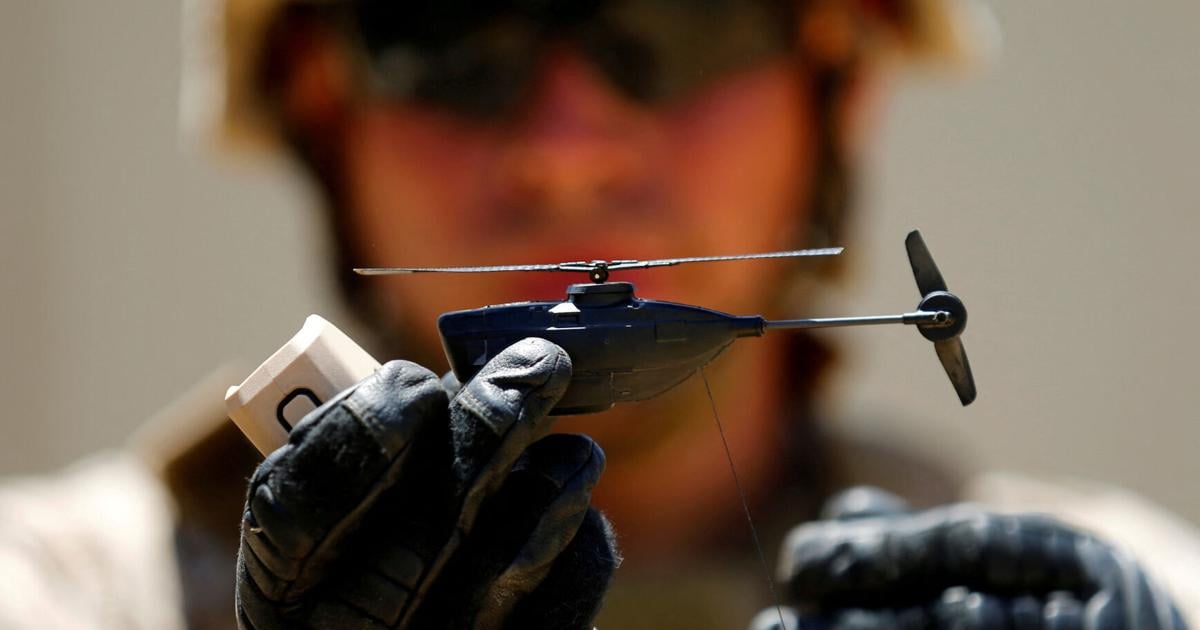Some technology experts believe innovative commercial software developers now entering the arms market are challenging the dominance of the traditional defense industry, which produces big-ticket weapons, sometimes at glacial speed.
It is too early to say if big, human-crewed weapons like submarines or reconnaissance helicopters will go the way of the battleship, which was rendered obsolete with the rise of air power. But aerial, land and underwater robots, teamed with humans, are poised to play a major role in warfare.
Evidence of such change is already emerging from the war in Ukraine. There, even rudimentary teams of humans and machines operating without significant artificial-intelligence powered autonomy are reshaping the battlefield. Simple, remotely piloted drones have greatly improved the lethality of artillery, rockets and missiles in Ukraine, according to military analysts who study the conflict.
Kathleen Hicks, the U.S. deputy secretary of defense, said in an Aug. 28 speech at a conference on military technology in Washington that traditional military capabilities “remain essential.” But she noted that the Ukraine conflict has shown that emerging technology developed by commercial and non-traditional companies could be “decisive in defending against modern military aggression.”
A Reuters special report published today explores how automation powered by artificial intelligence is poised to revolutionize weapons, warfare and military power.
Both Russian and Ukrainian forces are integrating traditional weapons with AI, satellite imaging and communications, as well as smart and loitering munitions, according to a May report from the Special Competitive Studies Project, a non-partisan U.S. panel of experts. The battlefield is now a patchwork of deep trenches and bunkers where troops have been “forced to go underground or huddle in cellars to survive,” the report said.
Some military strategists have noted that in this conflict, attack and transport helicopters have become so vulnerable that they have been almost forced from the skies, their roles now increasingly handed over to drones.
“Uncrewed aerial systems have already taken crewed reconnaissance helicopters out of a lot of their missions,” said Mick Ryan, a former Australian army major general who publishes regular commentaries on the conflict. “We are starting to see ground-based artillery observers replaced by drones. So, we are already starting to see some replacement.”



The main thing that led to battleships was the evolution of armor. As armor got thicker and thicker, and the guns to punch through it got bigger, the ship to carry it all got bigger.
If you don’t actually need to have all that size, since armor will probably remain impractical, then you may as well keep the gunship smaller, so it remains faster and cheaper to operate. So I’m guessing we don’t go much bigger than cruisers. Just my guess though.
Either way, missiles are definitely approaching the tale end of their heyday. Directed energy weapons (lasers) should eventually end up as a very sound counter for them. And we need the lasers anyway, to deal with Bob’s $50 drone hovering a mile away to track your 500 million dollar boat.